How does it all work?
First, the CPU is sprinkled with a paper-thin layer of thermal paste that's provided in the package.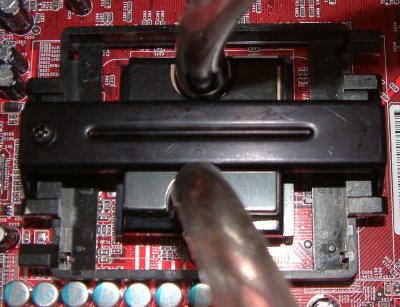
With respect to S754/939/940 CPUs which all have an identical mounting system, the copper block is topped with a foam layer and metal plate. A two-piece securing system then fits into the retention bracket and over the foam-covered block; it's secured into place via the screw you see on the right-hand side.
It's a two-minute process if done correctly, but first-time users may encounter block sliding when trying to secure the retention mechanism in place. However, there's no wrong way of doing it, and once screwed in, the block is firmly attached to the CPU underneath. Thank God that AMD adopted heatspreaders on its Athlon 64 range!
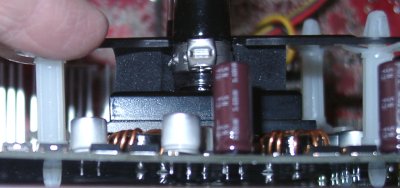
LGA775 fitting is a touch trickier, thanks to Intel's poor cooler-mounting system. The basic foam insert is the same as S939, yet here we need to use 4 standoffs and a retaining mechanism. Users need to ensure that all four standoffs correctly lock into place. Any ill-fitting here and the block's cooling ability will be severely compromised.
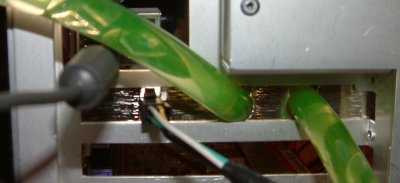
In both cases, the tubes are then fed out of the PCI plate and up to the Nautilus500 unit.
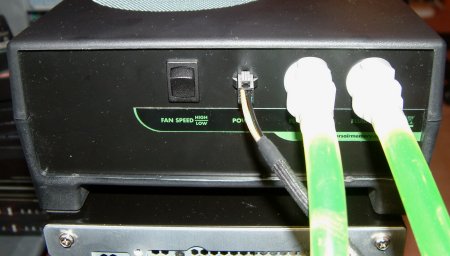
Here you can see the rear of the unit, complete with power provided by the molex plug on the passthrough PCI plate.
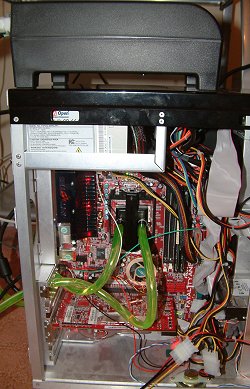
Pop open the reservoir's lid, drop in some coolant, switch on the system, allow the coolant to cycle through and top up, as necessary, with distilled water. Job done.









